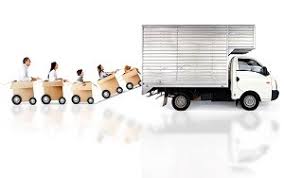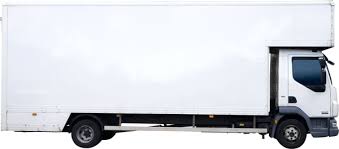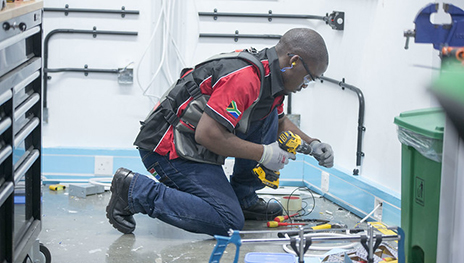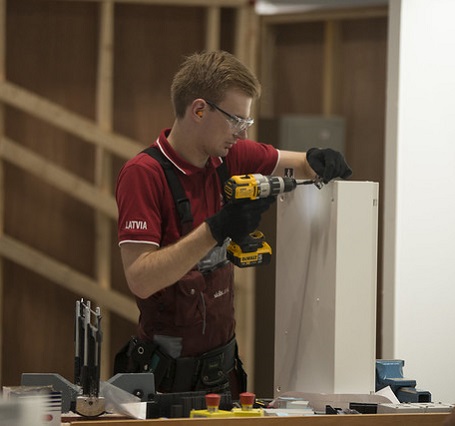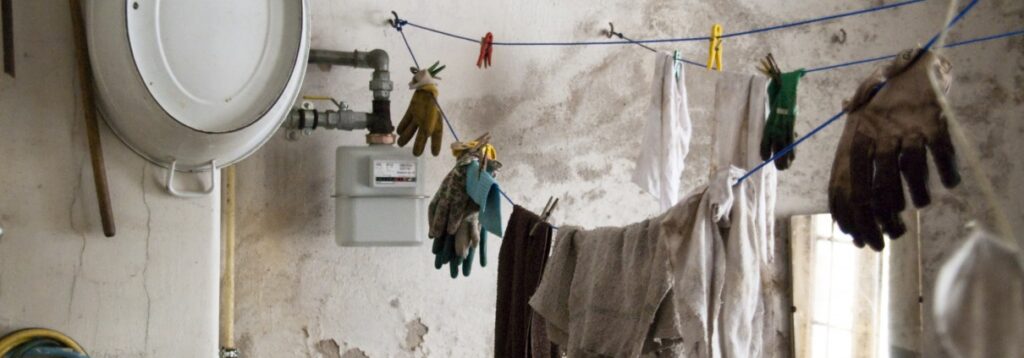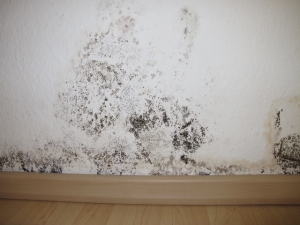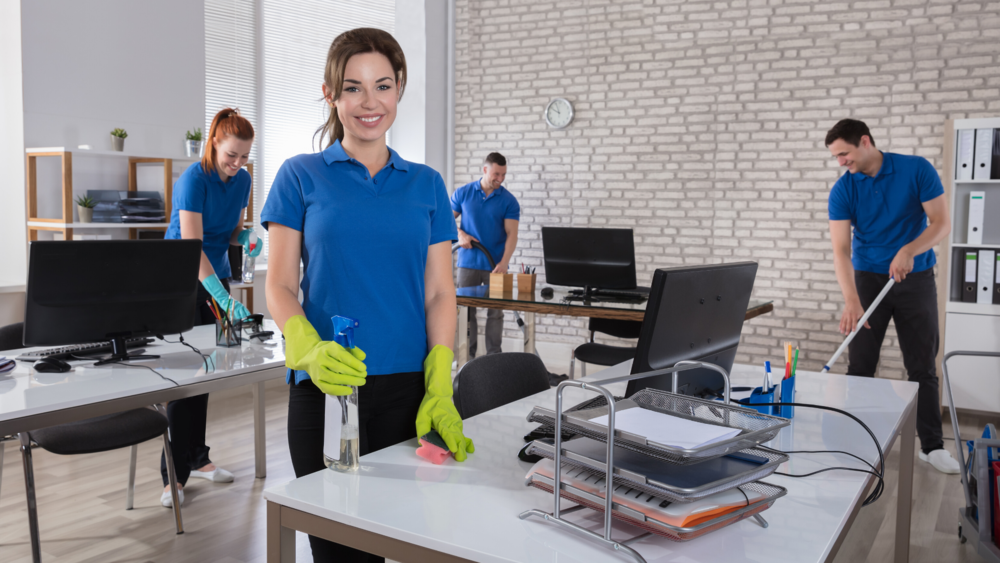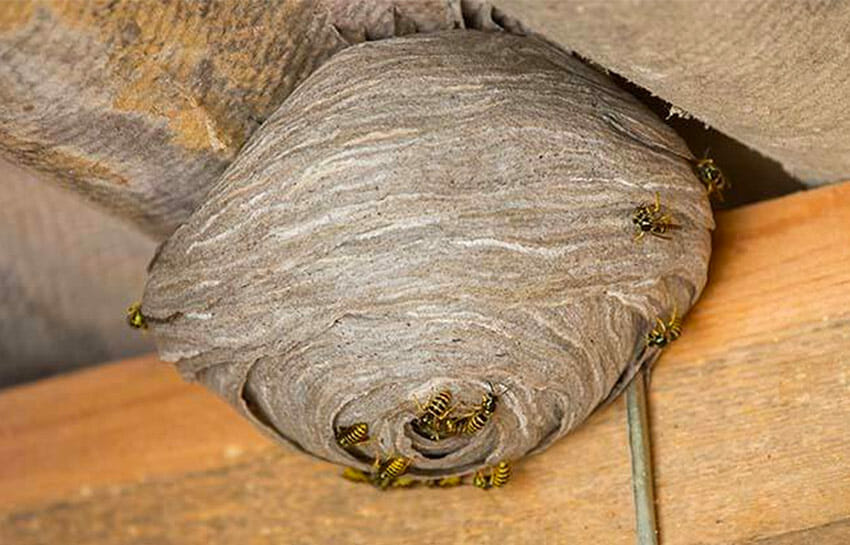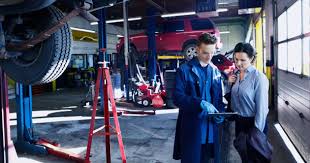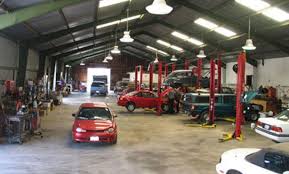Things To Know Before You Book A Wedding Photo Booth
In today’s world, the options are endless when you’re planning a wedding. From food trucks and interactive entertainment to donut walls and floral chandeliers, deciding on what you want at your wedding—and, more importantly, what your budget can support—can be difficult to say the least. One more question to add to that never-ending list (sorry!): Should you have a photobooth at your wedding? While there are plenty of reasons to add a photobooth to your reception design—there are also some reasons a photobooth might not be the best fit for you, your event vision, and your budget. But not to fear, brides- and grooms-to-be, today, we’re breaking down the pros and cons of photobooths at weddings. Read on to find out which category you fall into.
Reasons you should have a photobooth at your wedding:
If any of the below sound like you, you can answer with a confident yes! when pondering the all-important question of should you have a photobooth at your wedding.
- You want something interactive for your guests to do. Let’s be real—there is nothing worse than a boring wedding reception (with bland wedding food coming in a close second). If you’re all about entertainment and want your wedding reception to feel like a true party, then a phootbooth is definitely a must. An interactive booth will help keep your guests entertained—plus, it provides an option other than the dance floor for attendees to enjoy.
Pro Tip: Want to really rev up the action? Options like a GIF photobooth, a Bommerang photobooth, or slo-motion photobooth all make for a major draw that will keep your guests coming back for their close-up time and time again. Check out our post on unique photobooth ideas if you’re seeking a booth that provides endless entertainment.
- You know your friends would love it. If your friends are “those people” (read: they’re never scared of a good time and a great prop), a photobooth is likely right up your alley (or, should we say, aisle?). If your reception is going to be chock-full of the party-loving, never-shy-away-from-a-camera type, a photobooth will provide endless bang for its buck. Plus, after your wedding is over, you and your spouse will have an incredible time—and endless laughs—sorting through the shots of your friends in their element.
- You want another set of photos to remember the night with. One of the best things about a photobooth is that it provides another set of photos to remember your wedding by. While your professional wedding photographs will be stunning, no doubt, it can be really nice to have another set of shots that capture the energy and atmosphere of the night in a laid-back, less formal way. It’s also a great way to ensure you have photos of any guests your professional photographer might not have captured on her camera. Plus, opting for a high-quality photobooth will ensure that, while your shots are fun-filled and fuss-free, they’re also high-end and frame-worthy (better start clearing space on your fridge already).
Pro Tip: From a modern gallery wall in your home or an unforgettable photo album to your annual holiday card or custom thank-you cards, there are plenty of things you can do with your photobooth images. Don’t think they have to be relegated to your social media profile.

Entertainment Value
During The Entire Course Of A Wedding, There Will Be Some Down Time And This Is A Great Way To Let Your Guests Have Fun. While The Alcohol Is Flowing And The Dj Is Playing Great Jams, Not Every Guest Will Be Comfortable Going On The Dance Floor To Dance. However, Everyone Loves To Take Photos And People Of All Ages Can Participate In This!
Great Party Favors
You Ever Go To A Wedding Where The Thank You Gift Is A Shot Glass Or A Bag Of Candy? How About Having Your Guests Leave With A Personalized Photograph Of Themselves With Their Family And Friends? They Get To Keep Something That Will Remind Them Of How Much Fun They Had At Your Wedding And They Will Probably Post It On Their Fridge/Desk For Months Or Years To Come! The Beauty Of These Photographs Are That They Can Be Fully Customized To Your Liking!
Ice Breaker
You Are Creating The Seating Chart And Sometimes You Have To Seat People With People They Don’t Know And It Can Be Awkward. This Can Give People A Reason To Socialize With Each Other And Who Knows, They Might Become Really Good Friends!
Memories
Your Professional Photographer Will Capture All The Special Moments. Everything From Your First Kiss, First Dance, First Cake Cut Will All Be Documented. What They Won’t Capture Is Your Aunt Grabbing Some Large Sunglasses With A Feather Boa Making Cheesy Faces And A Peace Sign. A Photo Booth At Your Wedding Will Capture And Instantly Print A Keepsake For All Your Guests.

Do Ask
- How long have you been in business?
- What happens if something goes wrong?
- What equipment do you use in the booth & Why?
- Other trusted vendors if they’ve heard of your photo booth rental company
Do Set Up
- In a highly visible area
- Against a wall & near a power outlet
- An external monitor so guests are entertained in line
- In an adjacent room that can be closed off for set-up or break-down
Do Get Full Value By
- Having your MC or DJ announce the booth (and the guestbook/scrapbook)
- See photos of the booth before you reserve, to make sure it fits your event
- Placing photo strip frames at guests seats encouraging photo booth use
- Including props to help guests break out of their shell
Don’t Get Ripped-Off
- Do search engine research, and read all reviews
- Avoid scams by asking for a contract with full details
- Check for liability and equipment insurance
- Be very careful with Daily Deals
- Ask for a definition of ‘Unlimited Use’
Don’t Set Up Poorly by…
- Placing the booth in a low traffic area
- Putting a green screen booth across from a window
- Harsh light or shadows are bad for green screen photography
- Allowing the arrival or departure time to disrupt your event
- Assuming the booth will accommodate children, tall guests or the disabled
- Advise the company about the needs of your guests in advance and ask if the booth will accommodate them
Watch Out For
- Low quality photos:
- Ask for additional examples not on the company’s web site. Owning a DSLR camera doesn’t always mean you know how to operate it
- Bulky or ugly booths, ask for photos of the company’s current booth
- Fading or Smudging prints: Confirm the Printer option being used
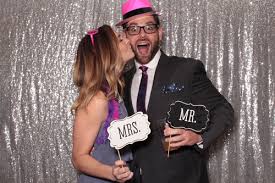
Reasons a photobooth might not be for you.
If any of the below points ring true, you might want to skip the photobooth and spend your wedding budget elsewhere.
- You’re having a super formal wedding and your guests might not “get it.” While we’re firm believers that a photobooth adds energy and excitement to any kind of affair—we also understand a booth can feel out of place or unwelcome in certain formal settings. That’s not to say we can’t make one of our high-quality photobooths work for a black-tie affair (we’ve done it on plenty of occasions!)—but we also want to ensure your resources are well spent. If your guests aren’t the type of attendees who are likely to participate in a photobooth, it might not be as big of a draw as it would at a more laid-back wedding reception—and you certainly don’t want an unused booth simply sitting there.
- There’s not enough space at your venue. If you’re limited when it comes to space and there’s no way to fit a photobooth in without disrupting the overall flow and layout, you might want to skip it. After all, there’s nothing worse than a crowded reception space that doesn’t offer enough room for guests to move around (and dance!). That being said, we offer a battery-operated social booth which we can use with a virtual backdrop. This takes you from needing a space that’s about 10 feet by 10 feet to one that’s only 5 feet by 5 feet.
- Your budget can’t support it. If every penny counts when planning your wedding, a photobooth might be the first thing to go. And, listen—we get it: if it comes down to having music or a photobooth, we agree you have to let ‘em dance. The good news? A photobooth doesn’t have to break the bank. We offer an all-new DIY booth for one-third of the price of our custom photobooth experiences, making it a perfect option for couples on a budget!
Tips For Wedding Photo Booths
Pick A Open Photo Booth Setup
Closed Off Photo Booths Are Good If You Want Pictures Of You And One Friend, Maybe Two. An Open Photo Booth Setup Allows You To Have A Bunch Of People In The Photo (As Many As 13!), Positioning The Booth At The Venue Is Easier, And Lighting Tends To Be A Lot More Flattering.
Good Lighting
Good Lighting Is So Important If You Want Good Looking Photos. You Want A Nice Umbrella Where Light Bounces Off Of, Giving A Ton Of Flattering Light Onto The Guests Producing High Quality Photos.
Make Sure There’s An Attendant
An Attendant Will Help Get The Party Started. An Attendant Will Help Encourage Guests To Take Photos And Also Troubleshoot Any Issues That Arises.
Choose Your Location Wisely
Sometimes Space Can Be Limited At Your Venue. However, You Want People To Enjoy The Photo Booth So Don’t Place It Far Away From Where All The Action Is. From Our Experience, Somewhere Near The Dance Floor Is The Perfect Place.
Get A Guestbook
Having A Guestbook Made Is A Great Way To Look Back At Your Event And See How Much Fun All Your Guests Are Having. Guests Will Take A Photo, Have It Printed, Stick It In The Guestbook, And Write Something Nice In It.
Be Creative With A Backdrop
Sometimes People Want To Be Different And Have A Custom Backdrop. Have Fun With It And Be Creative. Paper Flowers Seem To Be The New Trend.
